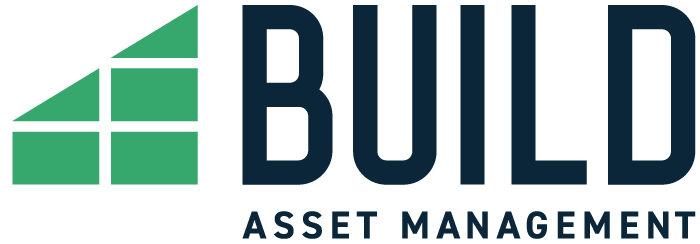The financial, political, and social volatility of 2020 perfectly illustrated the need for investors to have a strategy that provides downside protection while still offering upside potential. In our 2020 recap below, we’ll talk through some of the key trends advisors should be paying attention to such as market unpredictability, a weakening dollar, bond valuations, fixed income yields, and what advisors should be looking at going forward. We believe these trends provide strong justification for innovative advisors to consider Build’s Indexed Risk Control series of strategies to help their clients achieve long-term success.
Predicting What the Market Will Do Next Remains Impossible
“Equity markets sold off sharply in the first quarter of 2020 as a surge in COVID-19 cases worldwide precipitated global economic shut down, ending a nearly 11-year bull run and introducing one of the steepest bear markets in history. Bond markets rallied over the year as investors sought safe havens to weather the economic storm and continued to perform even during the equity market recovery. Had investors reduced their allocation to equities in the first quarter in 2020 they would have almost certainly missed some portion of the market recovery that began in April, as history shows that timing the markets with any success is next to impossible. What Investors need are investment strategies designed for the long-term, and to both protect them against severe drawdowns as well as provide opportunities for capital appreciation over time. 2020 is a good reminder of how very true and important this is.” – Shinda Bickham, Client Portfolio Manager
US Economic Growth—and US Dollar Strength—Faces a Steep Climb Back
“The onset of the pandemic in the U.S. in 2020 prompted a reversal in Dollar strength. Policy actions enacted to support capital markets and stimulate the economy added to the U.S. debt load, which will need to be financed by future borrowing. Growth expectations for the U.S. economy have collapsed, and a return to trend growth could take years to materialize. Higher yields in the long end will only be bullish for the U.S. Dollar when they are driven by positive developments in growth expectations, rather than supply considerations. Until a more pronounced series of encouraging economic data materializes, we expect the Dollar weakness story will continue to play out in 2021.” – Dustin Qualley, Portfolio Manager
A Red-Hot Bond Market Could be a Sign of Overvaluation
“The supply of corporate bonds rated BBB- or higher will be a record according to Bloomberg–32% above the previous record issuance year of 2017. What is so amazing about this deluge of supply is the price volatility that corporate bonds and all other asset classes faced as COVID lockdown gripped the economy. Option adjusted spreads for this sector began the year at around 95 basis points. At the height of the pandemic spreads had widened out to 373 basis points. As we end the year, spreads have come back nearly the entire way at roughly 100 basis points. Is this price movement, coupled with the massive supply, indicative of endless demand for corporate credit from investors? Or is this a flashing yellow light warning bond buyers of an over-valued asset class?” – Hugh Tuomey, Client Portfolio Manager
Active Fixed Income Management Can Help Mitigate Negative Impacts of a Steepening Yield Curve
“While front-end rates remain at the zero-bound, the yield curve steepened as investors priced in expected increases in debt issuance and a rebound in inflation expectations. While a positively sloped yield curve creates a favorable environment for lenders and could signal expectations for future growth, rising rates could pressure returns for fixed income investors. An actively managed fixed income core can manage the negative effects of steepening by limiting its interest rate exposure. – Dustin Qualley, Portfolio Manager
Advisors Who Apply Critical Long Term Thinking Will Be Best Positioned to Help Their Clients
“The key events of 2020 showed the importance of understanding events through a long-term framework and lens. The headline events – including the COVID-19 pandemic, polarized US elections, and widespread social protest and unrest — lay out a compelling case that we’re living through a period of upheaval and likely transition. To successfully guide clients through this period with their long-term financial plan and goals intact, it is critical, now more than ever, that advisors apply active critical thinking, do their own research, and determine the best approach and framework if their clients are to stay on course toward achieving their desired outcomes for their financial future. I expect the coming years ahead to be an era of opportunity for the forward-thinking advisor. Those advisors who position their clients with a successful approach to address risks in this period of turmoil will potentially separate from their peers and thrive. Those who do not risk falling significantly behind.” – Matt Dines, Co-founder & CIO
While the historic 2020 calendar year has passed, the futures of financial, political, and social conditions remain uncertain. Having an asset class that is built to provide downside protection while still participating in upswings can buffer some of the volatility that 2021 may bring. Build’s Indexed Risk Control strategies work backwards from providing the best aspects of actively managed fixed income with an innovative long call options overlay tied to equity markets. We have conviction that this strategy will provide investors with much-needed downside protection while taking the guesswork out of long-term equity market participation. Click here for more on how to apply Indexed Risk Control™ into your clients’ portfolios.


